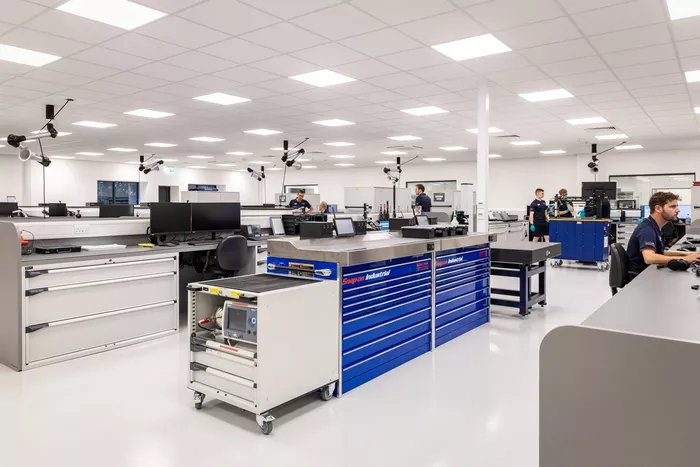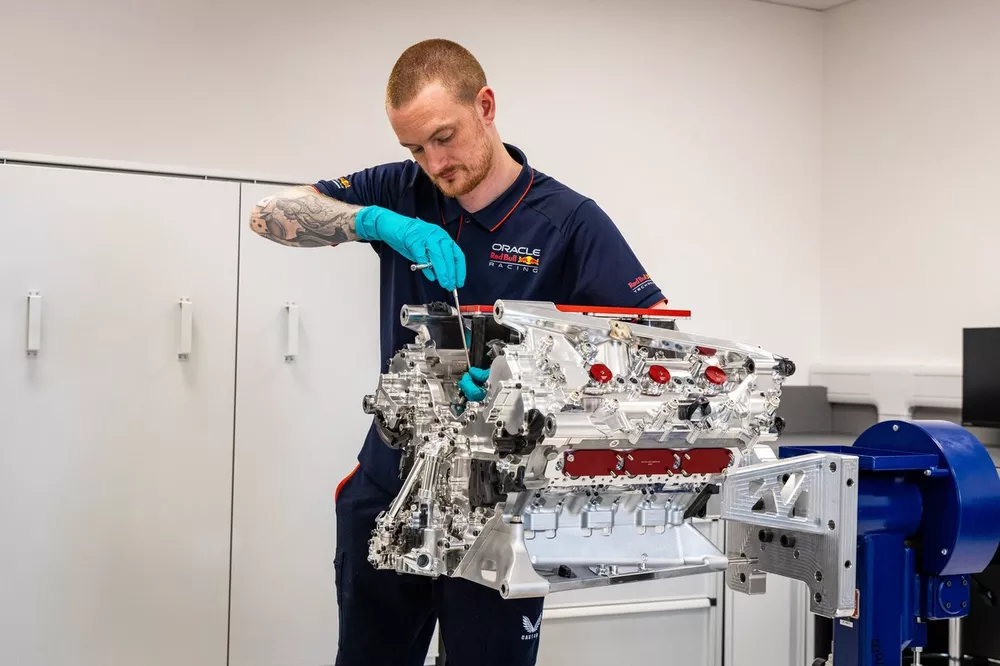A peek behind the curtain is offered at Red Bull Powertrains, where hundreds are working on a monumental challenge: building Red Bull’s first-ever F1 engine for the 2026 regulation overhaul. This year marks a turning point for Red Bull as Honda departs as their engine supplier.
Their new facility boasts cutting-edge technology, with separate sections for the soon-to-be-equally important electric and combustion engine components. The tour starts at a museum of Red Bull’s racing past before diving into the heart of the operation.

There, team principal Christian Horner and Ford’s Mark Rushbrook reveal the project’s origins, including the very first engine built in 2022 a testament to Red Bull’s ambition and a tribute to Dietrich Mateschitz, who heard it run before his passing.
This initial success also played a role in securing Ford’s partnership after talks with Porsche fell through. Unlike Porsche, Ford takes a collaborative approach, focusing on supporting Red Bull’s expertise while contributing their knowledge in areas like turbochargers and testing rigs.
The tour progresses through the engine’s lifecycle, from meticulously sorted parts to the pristine assembly area a space Brodie, who played a pivotal role in setting it up, considers even more advanced than Mercedes’.
Red Bull’s ambitious foray into engine development has seen the establishment of a dedicated powertrains division. Based in a state-of-the-art facility reminiscent of a space mission control center, the team is meticulously developing and testing individual engine components.

Operating within the stringent confines of Formula 1 regulations, Red Bull is maximizing its allowed test benches to support its own two teams and potentially two customer outfits.
However, the financial implications of engine supply present challenges, with team principal Christian Horner advocating for revised rules. The integration of engine and chassis development under one roof is a key strategic move for Red Bull, positioning them as a frontrunner in the rising world of Formula 1 technology.

